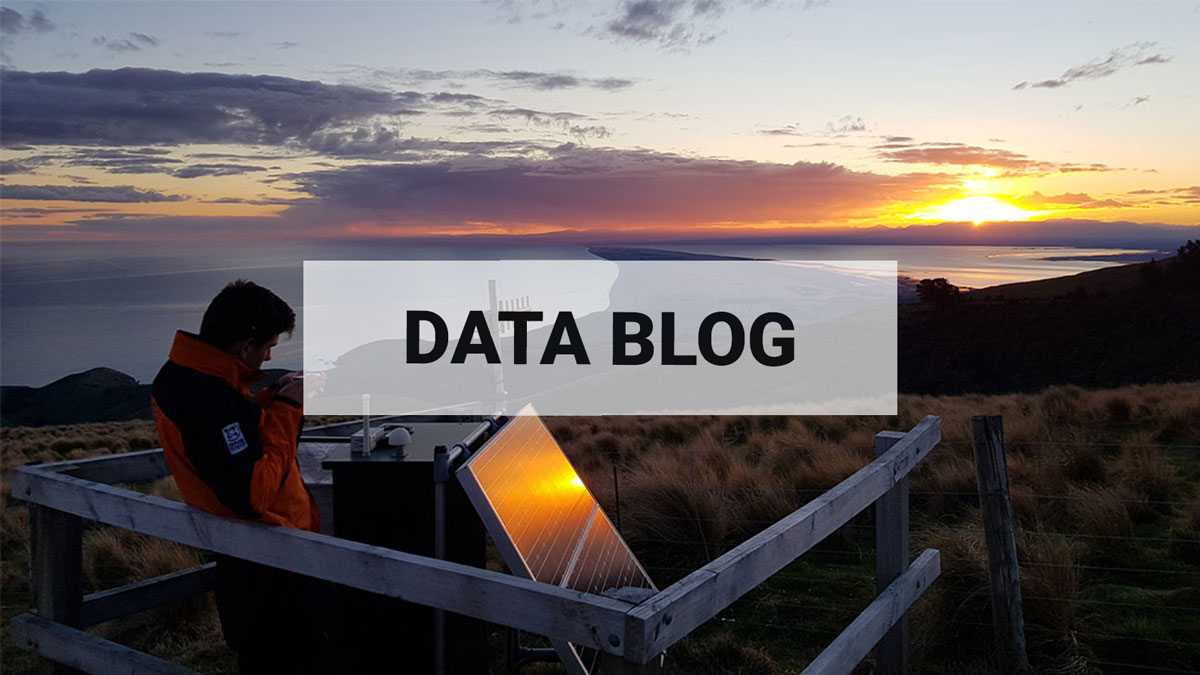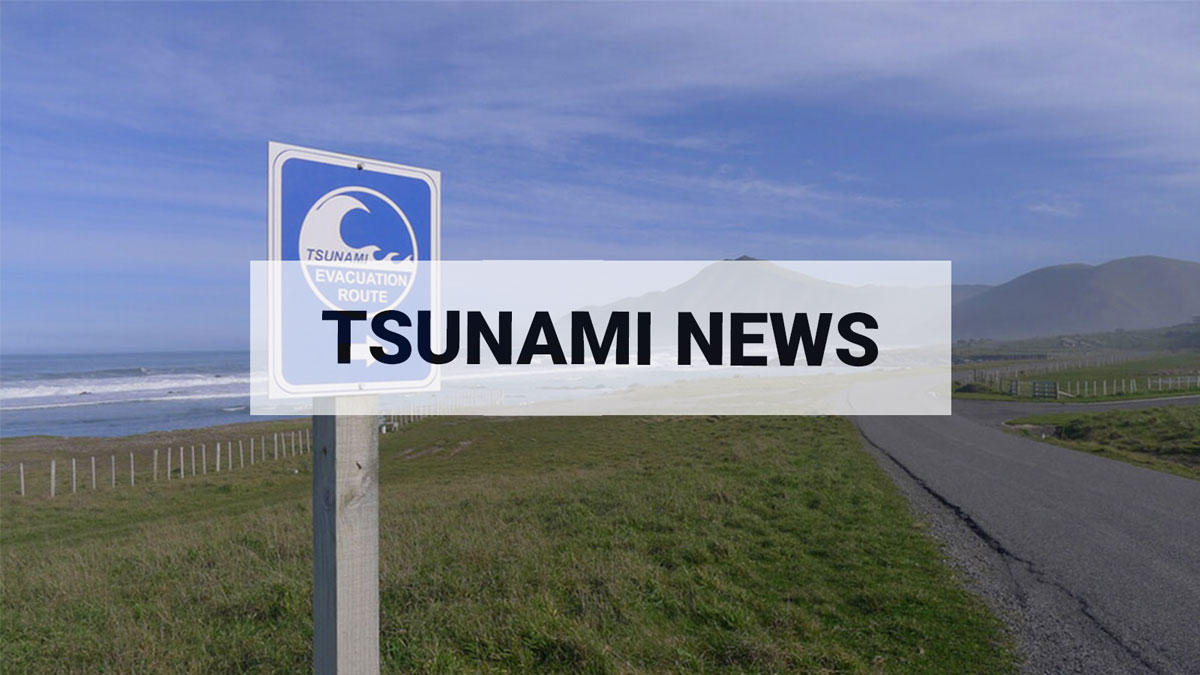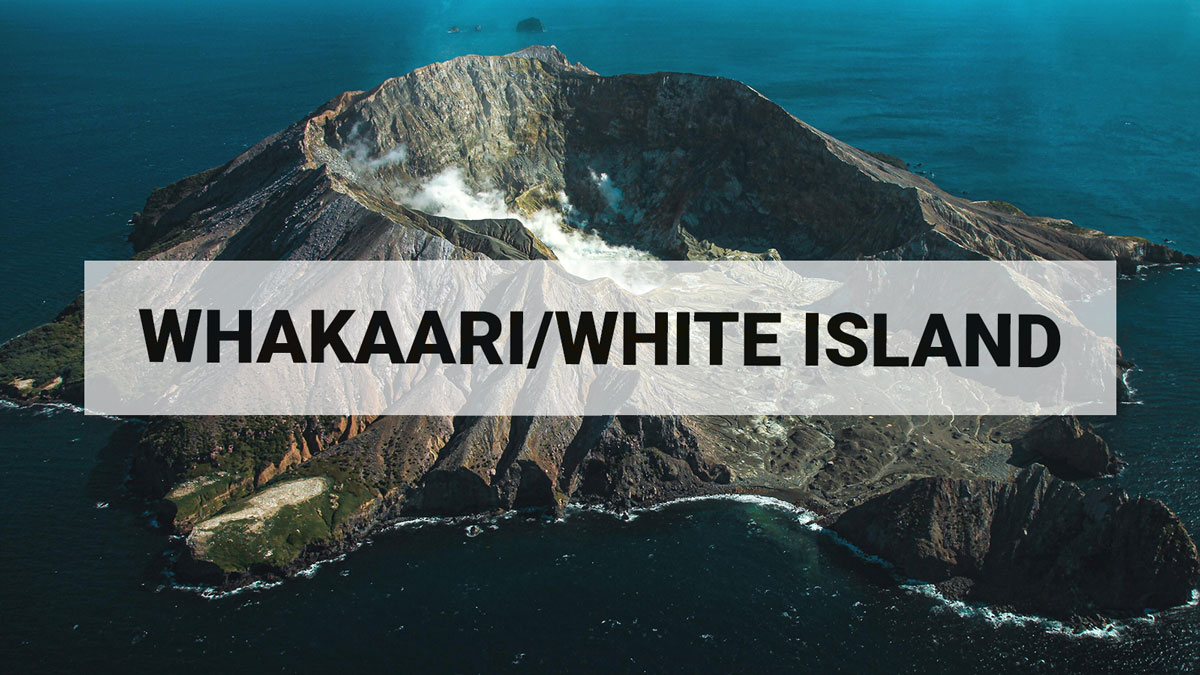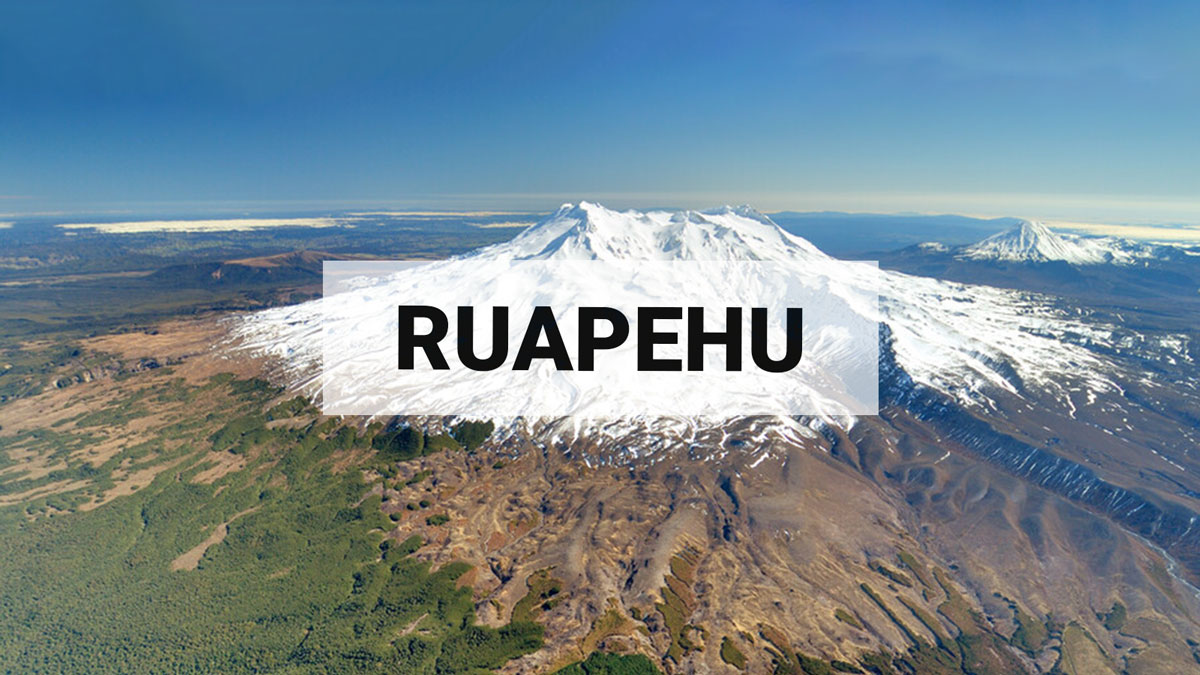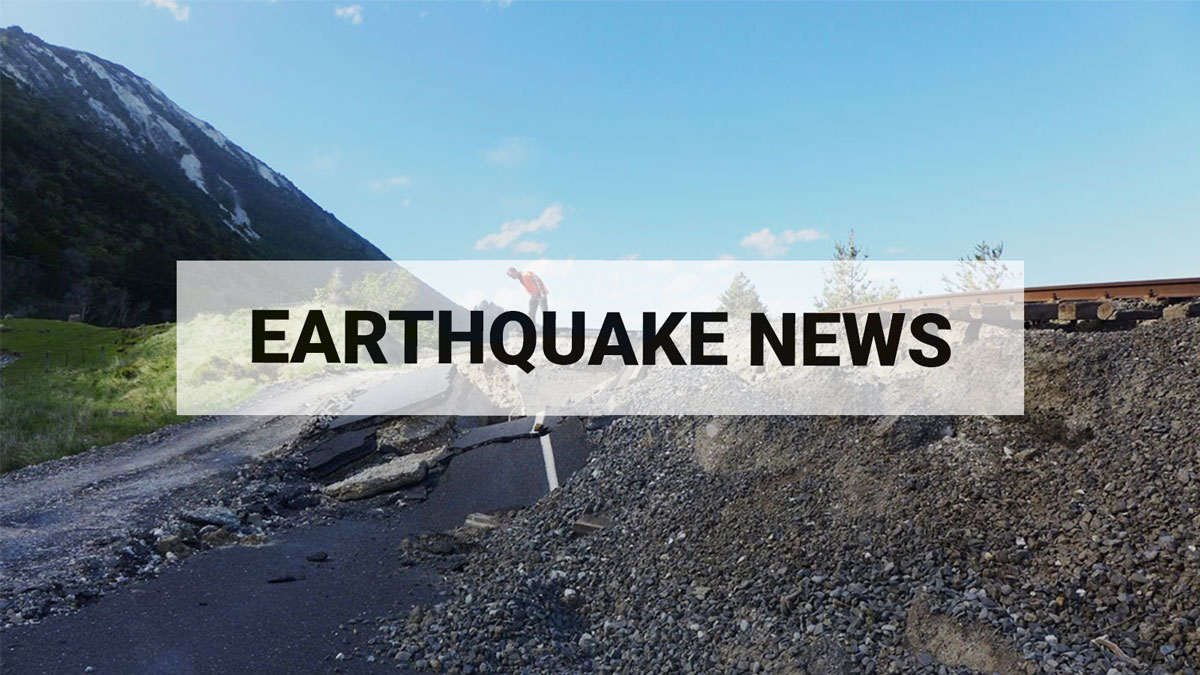FAIR Data
Welcome, haere mai to another GeoNet Data Blog. Today’s blog is about FAIR data, what it is, why it’s important, especially to GeoNet, and what we are doing to try to make it more FAIR.
On Tuesday afternoon, 25 March, at 2:43PM we recorded at M6.8 earthquake with moderate shaking 167 km west of Rakiura Stewart Island. It was felt widely throughout the lower South Island, and generated a small tsunami.
Steam and gas plumes with minor presence of volcanic ash continue to be observed, along with evidence of occasional, more explosive activity. Volcanic Alert Level remains at 2 and Aviation Colour Code remains at Orange.
Variable semi continuous steam and gas plumes with minor presence of volcanic ash continue to be observed at Whakaari / White Island. Some evidence on the crater floor of recent, intermittent explosive activity was also observed during a recent monitoring flight. The Volcanic Alert Level remains at 2 and the Aviation Colour Code remains at Orange.
Welcome, haere mai to another GeoNet Data Blog. Today’s blog is about our GitHub data repository and how it hosts data that have nowhere else to live.
Minor volcanic unrest continues at Mt Ruapehu. Volcanic Alert Level remains at 1.
Ruapehu’s Crater Lake remains at 20°C with a steady heat flux and low but continuous sulphur dioxide emissions. The Volcanic Alert Level remains at 1 and the Aviation Colour Code at Green.
Small ash emissions and large steam plumes observed at Whakaari. Volcanic Alert Level remains at 2 and Aviation Colour Code changes to Orange.
Variable steam, gas and ash emissions observed at Whakaari / White Island. The Volcanic Alert Level remains at 2 and the Aviation Colour Code is changed to Orange.
We take a quick look back at the happenings and highlights observed by GeoNet in 2024.
No more volcanic ash observed in ongoing steam and gas plumes at Whakaari. Volcanic Alert Level remains at 2 and Aviation Colour Code lowered to Yellow.
Whakaari / White Island continues to passively emit weak-to-moderate steam and gas plumes. No volcanic ash has been observed in the plume recently. The Volcanic Alert Level remains at 2 and the Aviation Colour Code is lowered to Yellow.
Since 6pm Thursday 30 January we have located over 50 earthquakes in the geothermal area just to the north of Taupō. We look at what exactly swarms of earthquakes are and what causes them.
For those shaken awake by Tuesday nights M5.3 Eketāhuna earthquake some of you may have spotted a M5.8 earthquake near Ruatōria at the same time, on our app and website, which then disappeared. Read on as we explain what happened and what ghost earthquakes are.
